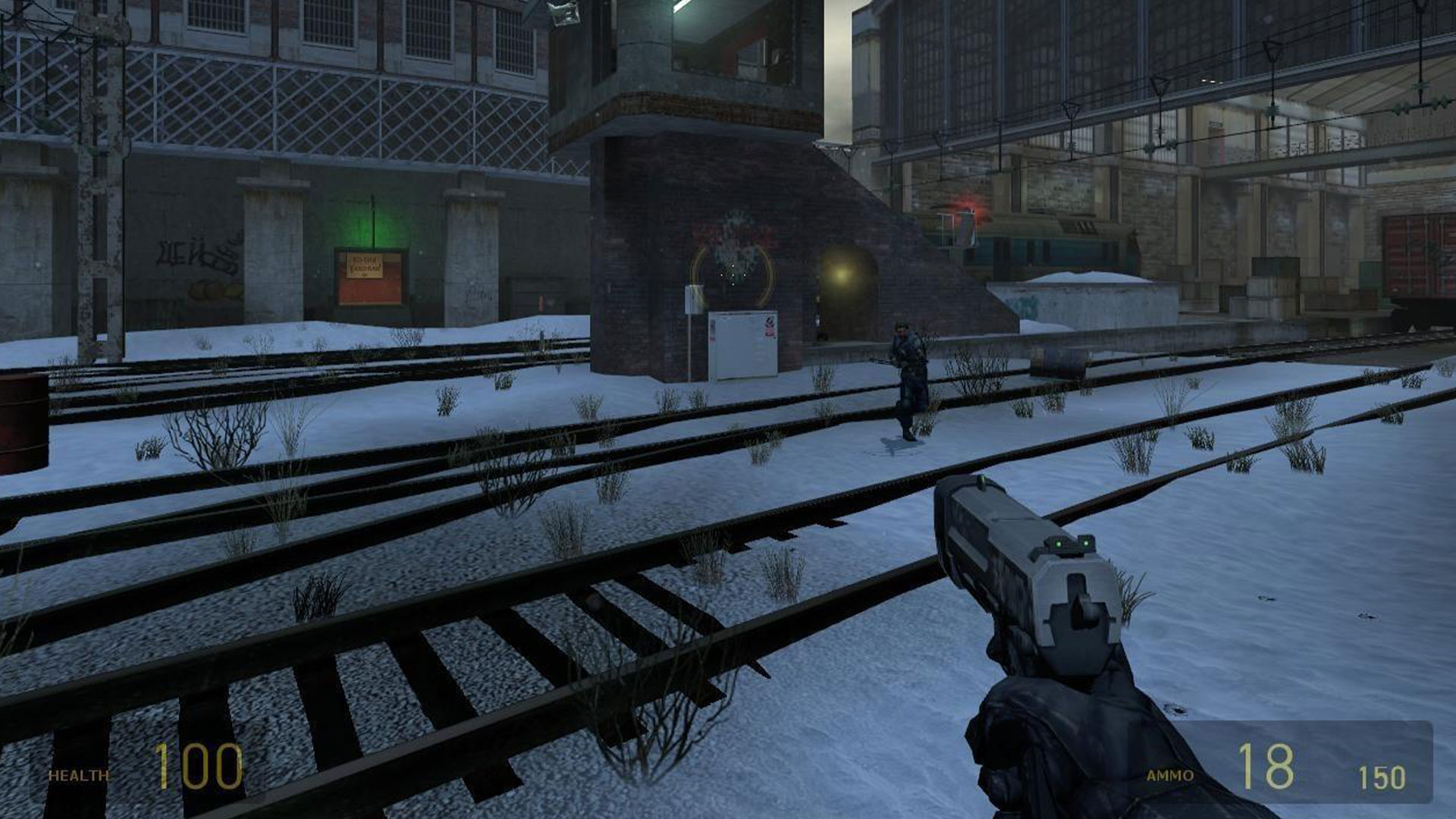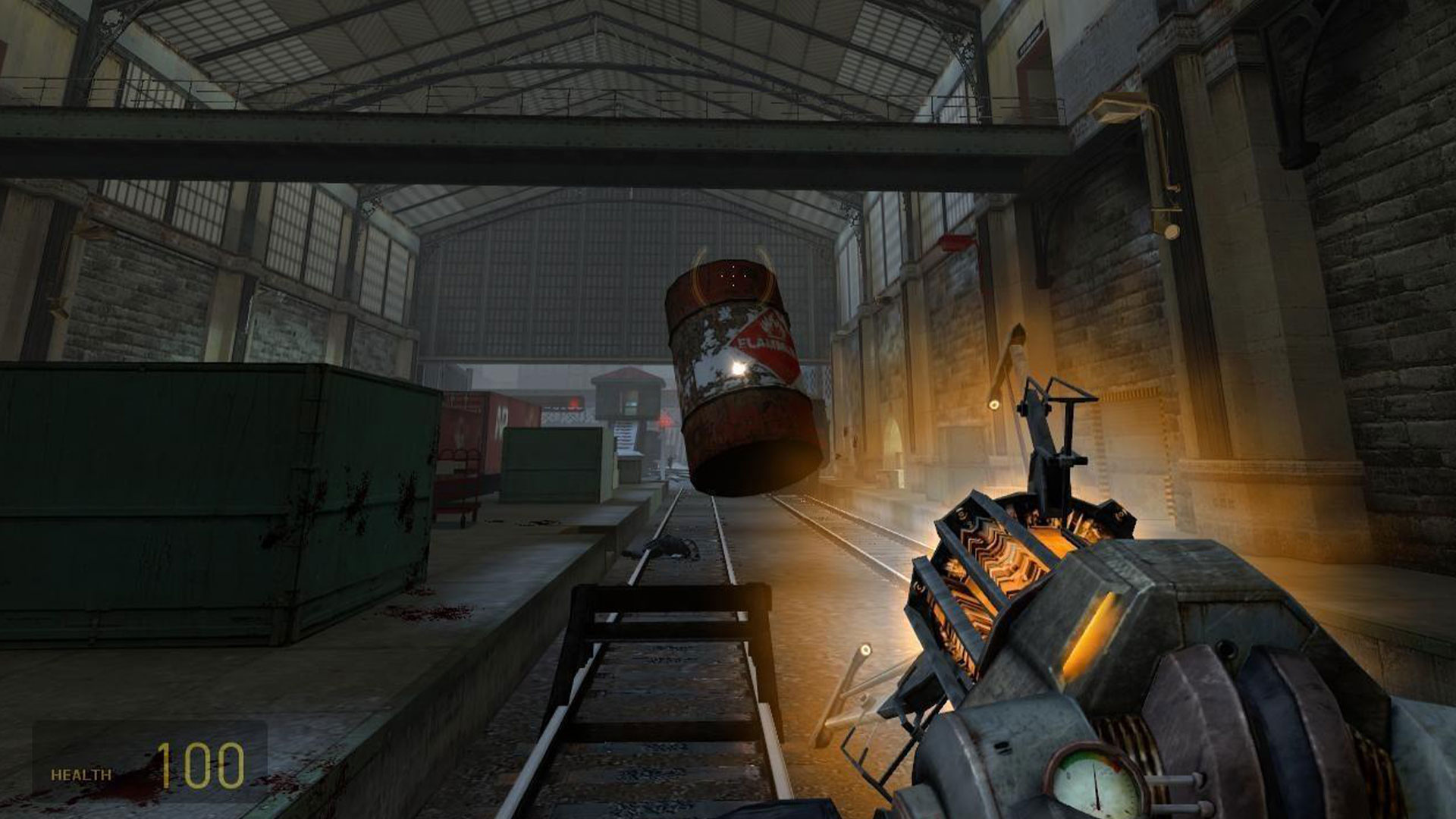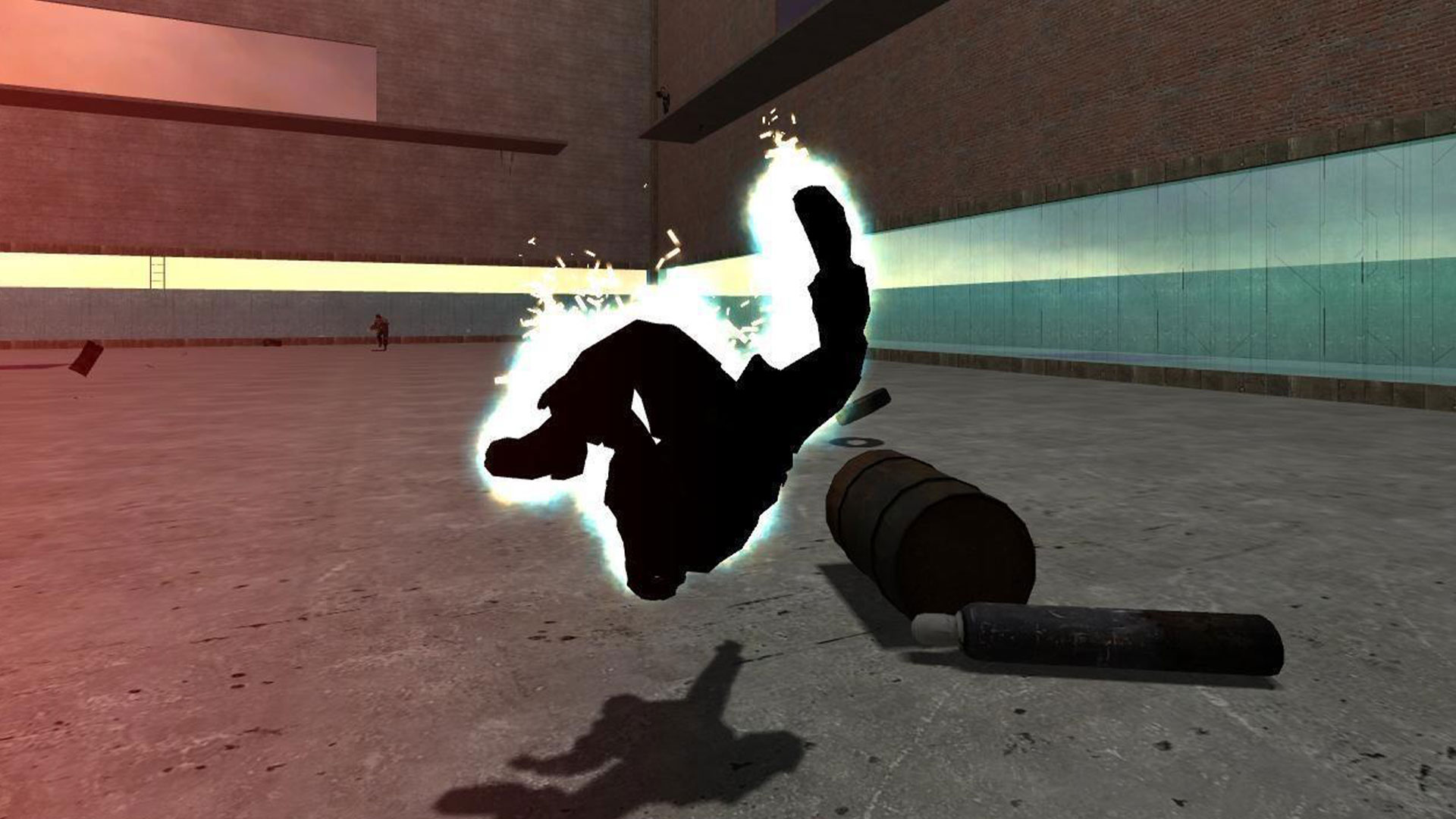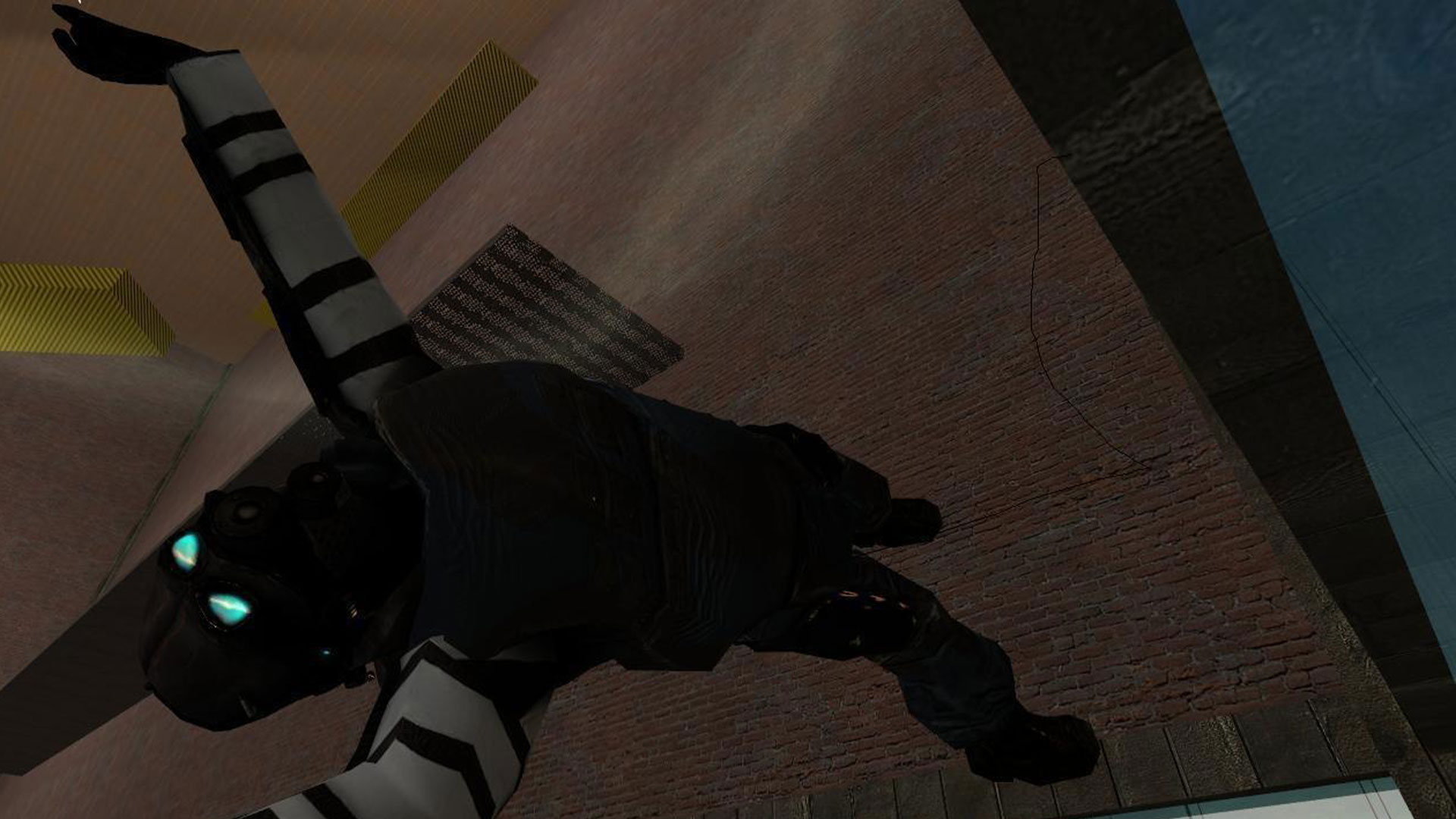
In a year where Helldivers 2 has taken the multiplayer shooter space by storm, I've found myself pining for a classic. It's been almost 20 years since I first installed Half-Life 2 on my dad's Windows XP-powered PC and its online offshoot, Half-Life 2: Deathmatch, and, having reinstalled it just a few weeks ago, I've reignited an obsession I first discovered when I myself was just 18 years old.
Sure, it's a little rough around the edges against today's standards. Aiming is a little too precise, weapons are a little too clunky, and opponents can absorb more bullets than Tony Montana in the final scene of Scarface before hitting the deck, but Half-Life 2: Deathmatch is still a great time, with a handful of active servers which, in my experience, are populated during US hours to varying degrees seven days a week.
To this end, I don't think it's unreasonable to say that Half-Life 2: Deathmatch is one of the best $5 (£4.29) games that money can buy in 2024.
Full life




I've admittedly drifted from online shooters in more recent years. I once dabbled in Counter-Strike back in the day, was keen on Rainbow Six: Siege at one point, bounced in and out of Overwatch when it first arrived, and have always enjoyed the odd bout of Titanfall and Apex Legends. But where modern games in this space appear to have become obsessed with rankings, grinding, and competitive play, I reckon some of the fun has been drained from the experience.
For me, this is one of the nicest things about Helldivers 2 – that it's managed to recapture the essence of cooperative play, of shooting seven shades of shite out of one another while screaming into headsets about who was at fault for the last death, and what the plan of action needs to be moving forward. In solo experiences, I often feel intimidated by the current FPS online scene, not because I fear failure, but because through failure it's difficult to even get started. You can't learn much when you're continually head-shotted in the first few seconds five rounds straight because, well, it isn't fun.
From Fortnite to Helldivers 2, here's our pick of the best online games that'll let you go head-to-head with friends and strangers alike.
I'm exaggerating to make a point here, but the essence of what I'm saying is true. Half-Life: Deathmatch, on the other hand, is a simpler endeavor altogether. Matches are short and snappy, and the end goal is to kill more people than anyone else. You might do that with a 9mm pistol or a .357 magnum. You might do that with a crossbow or an MP7 submachine gun. You might even do that by smacking someone upside the head with a crowbar, or using an Aperture Science gravity gun to yank a toilet pan from a wall and then fire it at speed through the air and into someone's face. Just because Half-Life 2: Deathmatch is streamlined in its murderbox approach doesn't mean creativity needs to suffer, you know.
It's fun, it's frantic, and it's fascinating that folk are still playing in decent enough numbers some 20 years later, doubly so when it feels like most of the folk sprinting around you, each carrying bathroom china lasered to their weapons, don't actually know what they're doing. No voice chat means no immediately obvious toxicity, and, given the fact that the game landed in 2004 – for context, it launched just a few weeks after Grand Theft Auto: San Andreas and the day before Metal Gear Solid 3: Snake Eater in the US – it can be run on an absolute potato PC if you're so inclined.
For just $5 (£4.29), I think Half-Life 2: Deathmatch is worth a punt, even here in 2024. But I'm likely to think so. It's my favorite online multiplayer FPS of all time – one that I haven't stopped playing for two decades.
Half-Life 2: Deathmatch released on Steam back in 2004. If you're looking for something more modern to play, why not check out our ranking of the best FPS games that you can play today.







